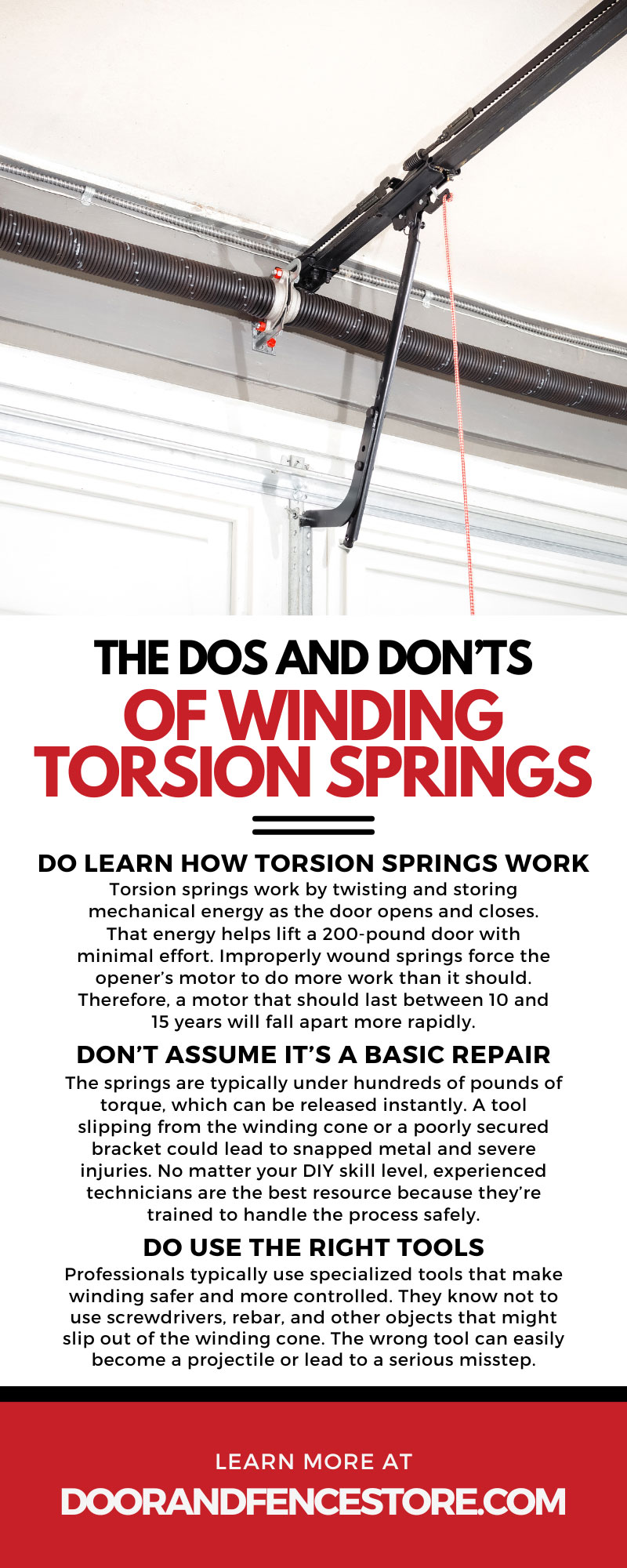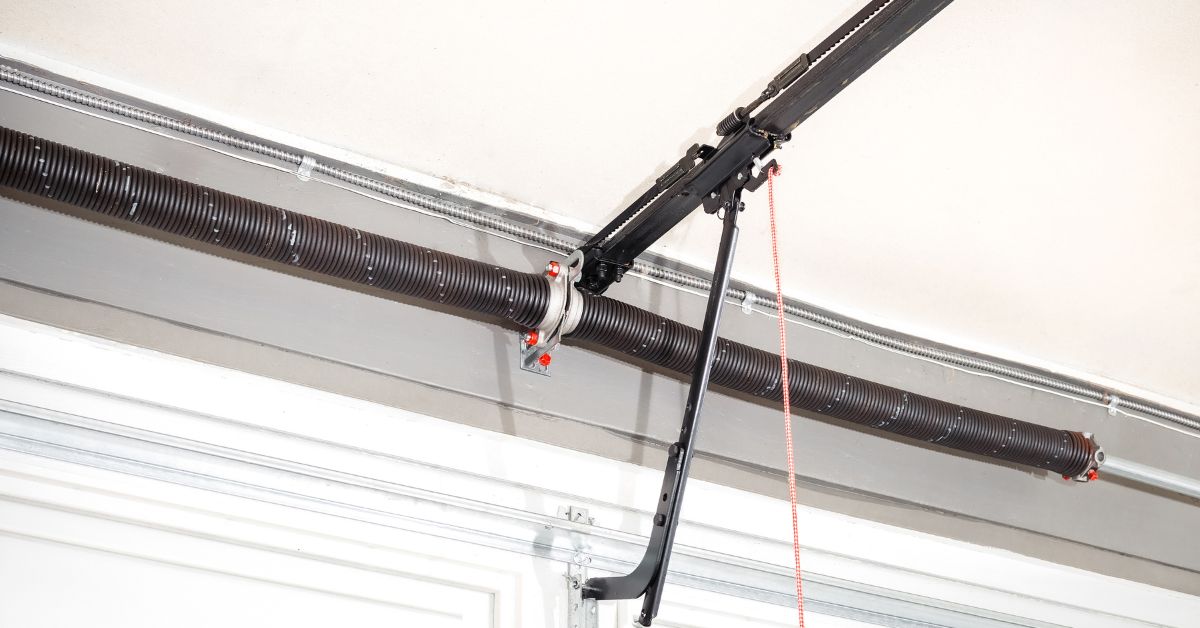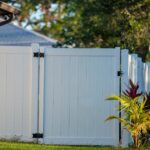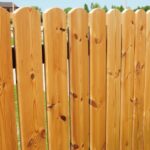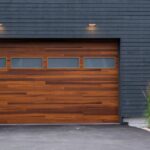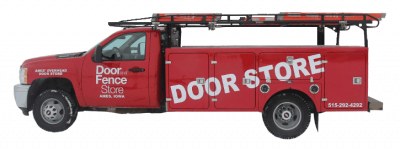Torsion springs play a central role in the operation of residential garage doors. These tightly wound coils are under extreme pressure, which means improper handling can lead to serious injury or property damage.
For homeowners considering a DIY approach, it’s essential to understand which steps are safe to conduct and when it’s time to call for professional assistance. Here’s a look at the dos and don’ts of winding torsion springs to help you stay safe and informed.
Do Learn How Torsion Springs Work
Before reaching for tools, take the time to understand what torsion springs are and how they work. These springs differ from extension springs that stretch along the sides of the garage door track.
While both are responsible for counterbalancing the door’s weight, torsion springs twist to generate force. They’re mounted above the door on a horizontal bar and are generally compact, long-lasting, and precise, but also more dangerous to handle without proper training.
Torsion springs work by twisting and storing mechanical energy as the door opens and closes. That energy helps lift a 200-pound door with minimal effort. Improperly wound springs force the opener’s motor to do more work than it should. Therefore, a motor that should last between 10 and 15 years will fall apart more rapidly.
Knowing the function and risks of torsion springs helps you identify red flags, such as uneven movement, loud noises, or sudden door slamming, which are clear signs that something may be amiss with the garage door system.
Don’t Assume It’s a Basic Repair
Torsion spring issues might seem like something you can fix with a quick hardware store run and a little elbow grease, but they’re anything but simple. Unlike replacing a light fixture or patching drywall, this is a high-risk task with no room for error.
The springs are typically under hundreds of pounds of torque, which can be released instantly. A tool slipping from the winding cone or a poorly secured bracket could lead to snapped metal and severe injuries. No matter your DIY skill level, experienced technicians are the best resource because they’re trained to handle the process safely.
Do Use the Right Tools
Professionals typically use specialized tools that make winding safer and more controlled. They know not to use screwdrivers, rebar, and other objects that might slip out of the winding cone. The wrong tool can easily become a projectile or lead to a serious misstep.
A professional team will also need sturdy locking pliers or clamps to secure the torsion tube in place while they work. This prevents it from turning unexpectedly.
Lastly, a socket wrench helps adjust bolts with better control, and having a ladder with rubber feet will provide added stability on smooth garage flooring.
Don’t Work Without Taking Safety Precautions
Never begin work on torsion springs without taking safety precautions. The components can release stored energy suddenly, so protective measures are nonnegotiable.
Wear heavy-duty work gloves to prevent cuts, pinching, or friction burns. Safety goggles are a must to shield your eyes from debris or spring recoil.
The workspace matters, too. Make sure the area around the garage door is clean, uncluttered, and well-lit. Remove anything that could cause trips or a distraction.
Do Release and Add Tension Safely
Before making any adjustments or removing hardware, disconnect the garage door opener to avert accidental activation. This critical step helps avoid dangerous surprises while working on the springs.
Releasing the tension begins by loosening the set screws on the winding cone. Use winding bars to carefully unwind the spring. Insert one winding bar fully into the cone before removing the other, maintaining a firm grip to avoid a sudden release of stored energy.
Wind or unwind the springs in the correct direction. Springs on the left typically wind clockwise, while those on the right go counterclockwise. Refer to the manufacturer’s specifications to avoid damaging the springs or door.
When installing or tensioning springs, professionals will count the number of turns based on the door’s size and spring type. This information is usually printed on the spring or found in product charts. Proper turns ensure the door balances correctly and the opener doesn’t work harder than necessary.
After winding, securely tighten the set screws to hold the spring in place. Do not overtighten the springs, as this can damage the shaft or strip the screws. Properly secured springs prevent slippage or loosening over time.
Don’t Reuse Damaged or Worn Springs
Garage door springs are built for a certain number of cycles, around 10,000 open-and-close sequences. As time passes, they weaken or become brittle, especially if they’re exposed to fluctuating temperatures or humidity. Attempting to reuse worn or visibly damaged springs can compromise the system and lead to sudden failures.
Rust, gaps in coils, or unusual noises are signs that a spring has reached the end of its lifespan. Even if one spring looks okay, it’s best to replace both at the same time to ensure balanced tension and reliable operation.
Do Check the Door’s Balance
After winding new torsion springs, test the garage door’s balance. A properly balanced door should stay in place when lifted halfway and should not slam shut or drift upward.
An unbalanced door places extra strain on both the springs and the opener. If the door doesn’t move smoothly or feels too heavy to lift manually, it’s a sign that the springs need further adjustment.
After confirming the door’s balance, apply a light silicone-based lubricant to the moving parts to reduce wear and noise.
Don’t Ignore Door Alignment Issues
Even when the door opens and closes, alignment problems can indicate deeper issues. Torsion springs rely on the precise placement of the cable drums, shaft, and mounting hardware. If any part of the system shifts out of alignment, it can cause uneven tension, resulting in jerky movement or loud noises.
Unaddressed alignment issues can escalate quickly. For example, one side of the door may lift faster than the other, or cables may slip off the drum entirely. These issues are often traceable to improper spring tension or faulty installation.
Do Call a Professional for Assistance
While it’s helpful to understand the dos and don’ts for winding torsion springs, not every situation is a DIY project. If your garage door system feels unpredictable or you lack the right tools, it’s safer to step back.
For reliable help with garage door service and repair, turn to a trusted local expert like The Door & Fence Store. With more than 49 years of experience serving Central Iowa, our trained technicians can diagnose and correct problems quickly, safely, and thoroughly.
Whether you need spring replacement, realignment, or a full inspection, the Door & Fence Store has the tools, training, and track record to get it done right.
